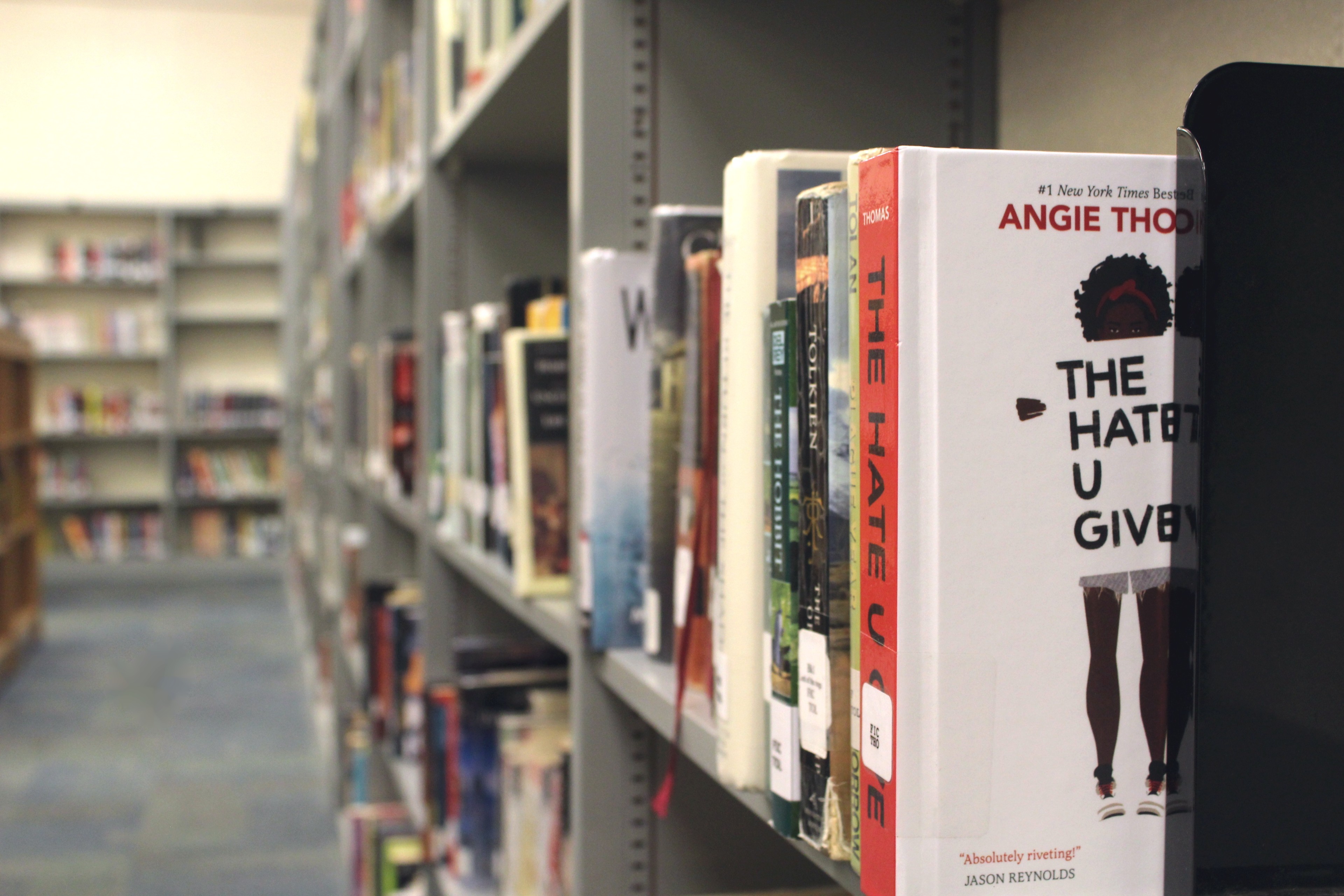The library. A place where your mind can travel thousands of miles without moving at all. Growing up, the library was a familiar place where many children congregated for story time, and rummaged through the shelves of books to find their next adventure. As we age, our visits become far less frequent and the thought of going to the library seems trivial when stacked up against the list of things we have to do at school and in our personal lives. With all of technology’s advancements, are libraries necessary? Are libraries still serving the purpose they once did?
Here at Northwood, students mainly use the media center (library) as a common space; a place for research and socializing. Some students may have never set foot in the library with the intentions of checking out a book.
“No one really uses the library here for books; most students use the library as a place to find quiet,” sophomore Bailey Jones said. “It has turned into more of a communal space now.”
The library’s shift in purpose raises some concerns in regards to school finances. According the Public Library Association, the average operating expenditures of a public library are around $400,000, even though the number of books being borrowed are dropping more every year.
“Public libraries have become, in addition to books, more like a community center,” the Media Specialist Elizabeth Kreutzberg said. “No longer do public libraries just have storytime for toddlers; they’ll also have tax information night or fun crafts for kids.”
The purpose of Northwood’s library is also shifting alongside public libraries. Over time, the number of books lent from Northwood’s library have dropped by thousands. The dollar amount requested by Ms. Kreutzberg for the 2018-2019 school year was brought down significantly to $5,000 to keep the library operating and to keep a small, but updated collection of books.
Along with constant changes in technology, Ms. Kreutzberg’s job description is also changing. Her job has started to include helping students learn how to use a database, explaining the importance of citing sources and understanding that Google is not always the most accurate source of information.
“I do a lot of teaching about databases. I teach about how you can get them and that you do not have to pay for them. Chatham County Schools and the state of North Carolina provide thousands of free databases for research; I just teach the student how to use them,” Ms. Kreutzberg said.
Northwood Principal Dr. Bradford Walston envisions the library as becoming the “hub” of the school. A place where students can hold meetings with other students and teachers. Even with the role of libraries shifting, the presence of libraries in the younger generation is still prevalent.
“I think when you are younger it is still a place to go get books, but in today’s society as teenagers, it’s more of a hang out place,” sophomore Ellie Tarilton said.
Libraries are often more catered to a younger age group with things like crafts for kids and story time for toddlers.
“My brother who is in fourth grade loves to visit the library with his class at school,” said sophomore Madelyn Cunningham. “Even though they could read things on the computer they still visit the library weekly.”
Although the purpose of libraries in the tech-focused world we live in seems questionable, money time and car are still being invested in libraries. Even though the old idea of what a library no longer “checks out”, doesn’t mean they are completely unnecessary. The library has become a common space where people can come together for a multitude of reasons, including internet and technology-based research and creation, reading books and spending time with others.
-By Rachel Covington



